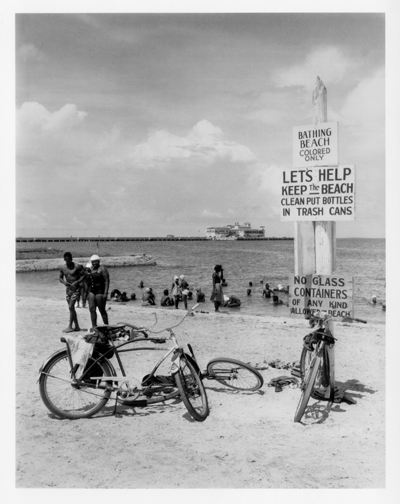
By Zoe Wright
The Florida Holocaust Museum announced the opening original exhibition, Beaches, Benches, and Boycotts: The Civil Rights Movement in Tampa Bay. The exhibition is on display from September 7, 2019 through March 1, 2020.
The focus of most Civil Rights history is written about places in the deep south, such as Alabama and Mississippi. However, a history that should not be ignored is that of the racially segregated Tampa Bay.
Tampa Bay remained racially segregated at the dawn of the Civil Rights era. Many local institutions and establishments held out on integration for several years after Brown v. Board of Education and the Civil Rights Act of 1964.
Under Jim Crow laws, every aspect of African American life in Tampa, St. Petersburg, Sarasota and the surrounding cities was segregated. Restricted covenants were place that segregated residential neighborhoods. African American children had to attended segregated schools that were under-funded and often in disrepair. Blacks could only be cared for at “Black Only” hospitals, and other public and private establishments like restaurants and beaches were often segregated – if they allowed African Americans to go at all.
The Civil Rights Movement in Tampa Bay may have had characteristics similar to other areas of the South, but its stories are its own. This new exhibition will illuminate our region’s struggle with racial equality and shine a light on the local leaders who changed our cities.
